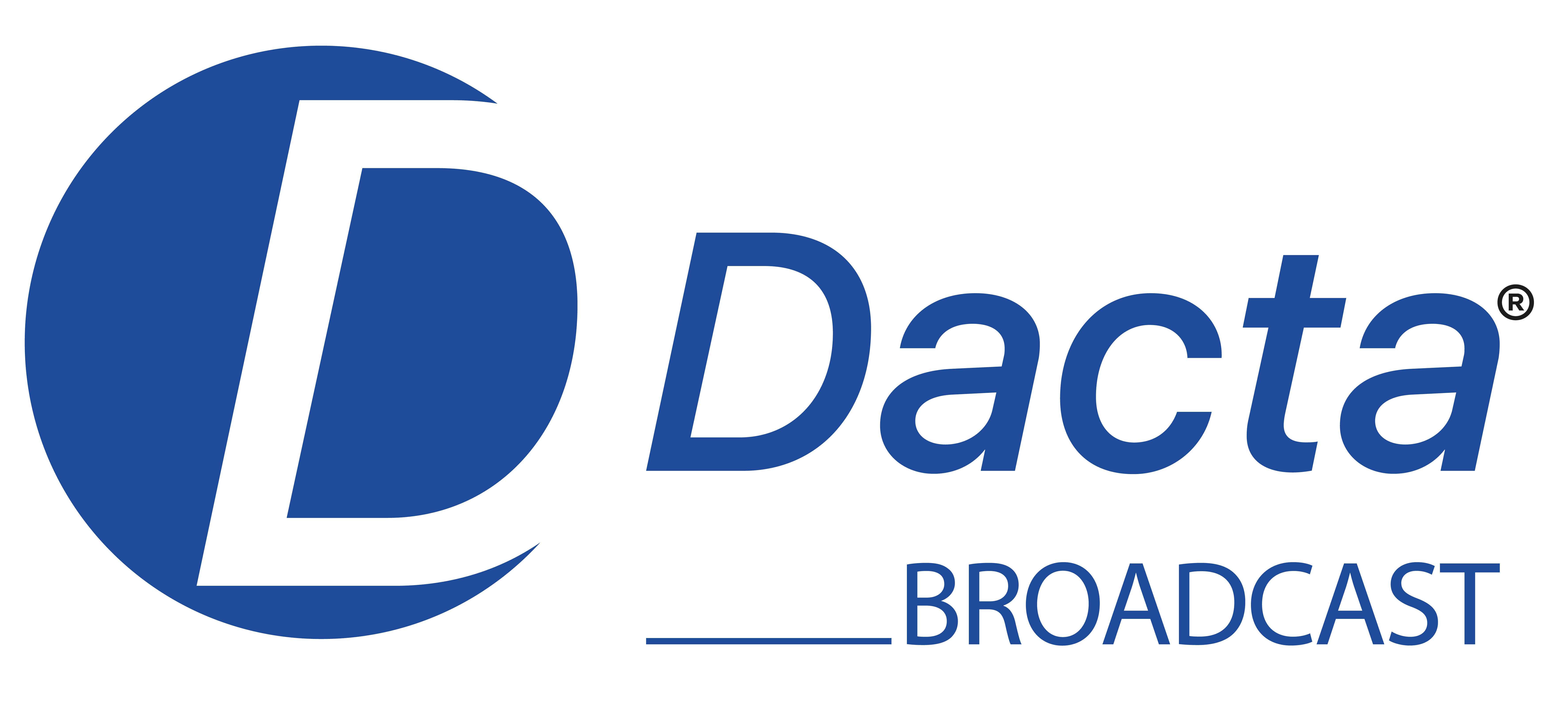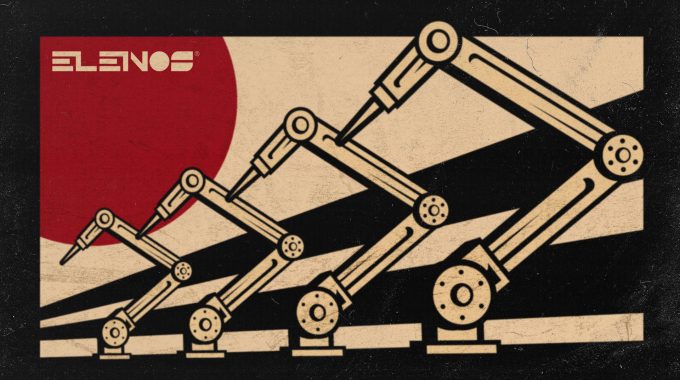Work ethics in cobot times
“AAA looking for a precise, tireless, and reliable worker for strenuous and repetitive tasks h24 and 7 days out of 7 with loading/unloading, assembly, quality control, and other specific tasks in industrial environments. The willingness to perform hard work in harmful or dangerous environments is preferable”.
Well, companies looking for personnel with these characteristics can now hire a cobot, the next generation collaborative robot: it is flexible and integrates with simplicity in any production environment; it is ultra-light and compact, has a small overall dimension, and can be easily installed near machinery or in tight work places.
But what does a cobot normally do? Given the characteristics we have mentioned above, in combination with the modern vision systems that have reached the performance levels to be very high, they may engage in the business of handling and assembly with high reliability, combining their work with that of the human, taking charge of all those activities with a high level of repeatability that suffer the most of the possibility of human error. Another widespread use is related to logistics, in the activity of palletizing and packaging, in coexistence with the staff, relieving the operator of a heavy and intellectually unappreciable activity. Finally, one of the most interesting uses in my opinion is related to the use for inherently dangerous tasks ranging from the equipment of presses and machining centers to the handling of substances in dangerous areas.
For completeness of information, we must remember that the term cobot is not only meant robotic arms but also collaborative mobility applications, for example:
- AGV (Automated Guided Vehicle): collaborative mobility unit able to move safely within “populated” environments or with interference on programmed routes;
- LGV (Laser Guided Vehicle): an AGV that uses laser guidance to locate itself thanks to triangulation and then move within an environment
- AMR (Autonomous mobile robot): compared to the AGV or LGV is perhaps the more flexible system managing a series of the environmental maps that allow them to actively manage the possible presence of interference on the route, calculating alternatives.
It is precisely for these reasons that a question of an ethical nature with ever deeper implications is being wedged into our daily feeling.
Do cobots represent working-class “head cutters” with less skilled jobs? Will they supplant the need to have human personnel in production sites?
The future still blurred but It cannot be ruled out that in the future the broadcast world will benefit from this system.






